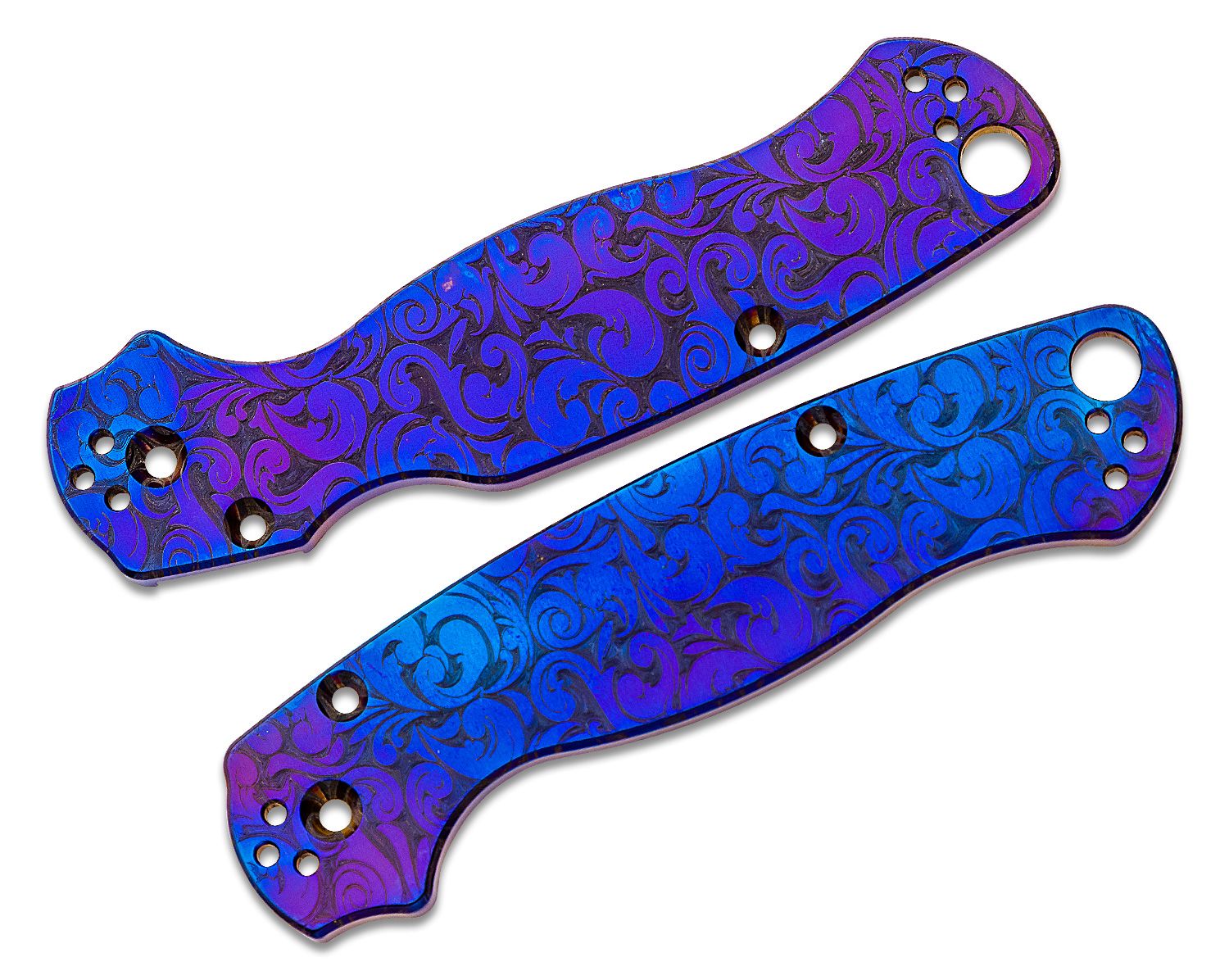There is a lot of qualities mentioned in there that may need some clarification. But the last question of S45VN vs REX45 boils down to one is a stainless and one is not. I can’t say that I have tested those two steels head to head in the same knife geometry, but I would take S45VN when corrosion resistance and edge retention were the concerns. I would take REX45 when I was looking for an edge that isn’t as prone to chipping or wearing quickly.
There are A LOT of factors beyond the steel like hardness, geometry, medium to be cut, and even things like body chemistry (I can’t carry high carbons in my pocket due to how salty my sweat is—no joke). Truly I think your best bet is to try both so you see what seems to work best for you. Often you’ll find that others recommendations on a particular knife or steel just doesn’t suit you.
Thank you for your thoughtful answer.
Sure, I'll clarify anything. Qualities like what? I'm trying to learn strength vs toughness, I still have a rudimentary understanding but it was my understanding that hardness causes strength (not toughness) which is what allows steel to, say, cut through other steel, or heavy aluminum without damage. Toughness is the ability to withstand a lot of foot pounds of force. This is my understanding and I would love to be taught if this is the case.
I should have been specific that I was talking about all of these steels (S45, Rex, Cruwear, Maxamet) in terms mainly of the Paramilitary 2, as I have these. I just did not wanna alienate people with a "PM2 thread" so I tried to keep it more general. But heat treat, geometry, etc is the Spyderco PM2. Should have said that. I have bought two sets of custom scales - blue/purp engraved Ti, and carved wood with flowers. As I think the wood is more delicate, I was going to put the most delicate blade in wood scales, the Maxamet. I was going to put the Ti on a more "hard use" steel, either my Cruwear, REX 45, S45 or BD1N, but the thing is I like the Crucarta and the copper. So, that leaves S45 and BD1N, short of getting another Cruwear blade (which... is not a bad idea honestly, Cruwear rules). Also just wanna learn more about my steels.
I have heard of some peole who's sweat can be corrosive, haha! Body chemistry. So far, I have not had any steel properly develop a rust spot that stayed. Once left a Douk-Douk open by the sink and the water rusted it right quick, but I scrubbed it off, and another time I had some rust on my Opinel that I rubbed off. Live in CA, close to but not by the beach. I have carried Cruwear to positive effect, and have had no probs with REX 45 though I do need to carry it more. I hear it is better than M4, which my girlfriend uses in her work knife every day and is fine. Both DLC, so I think that helps.

